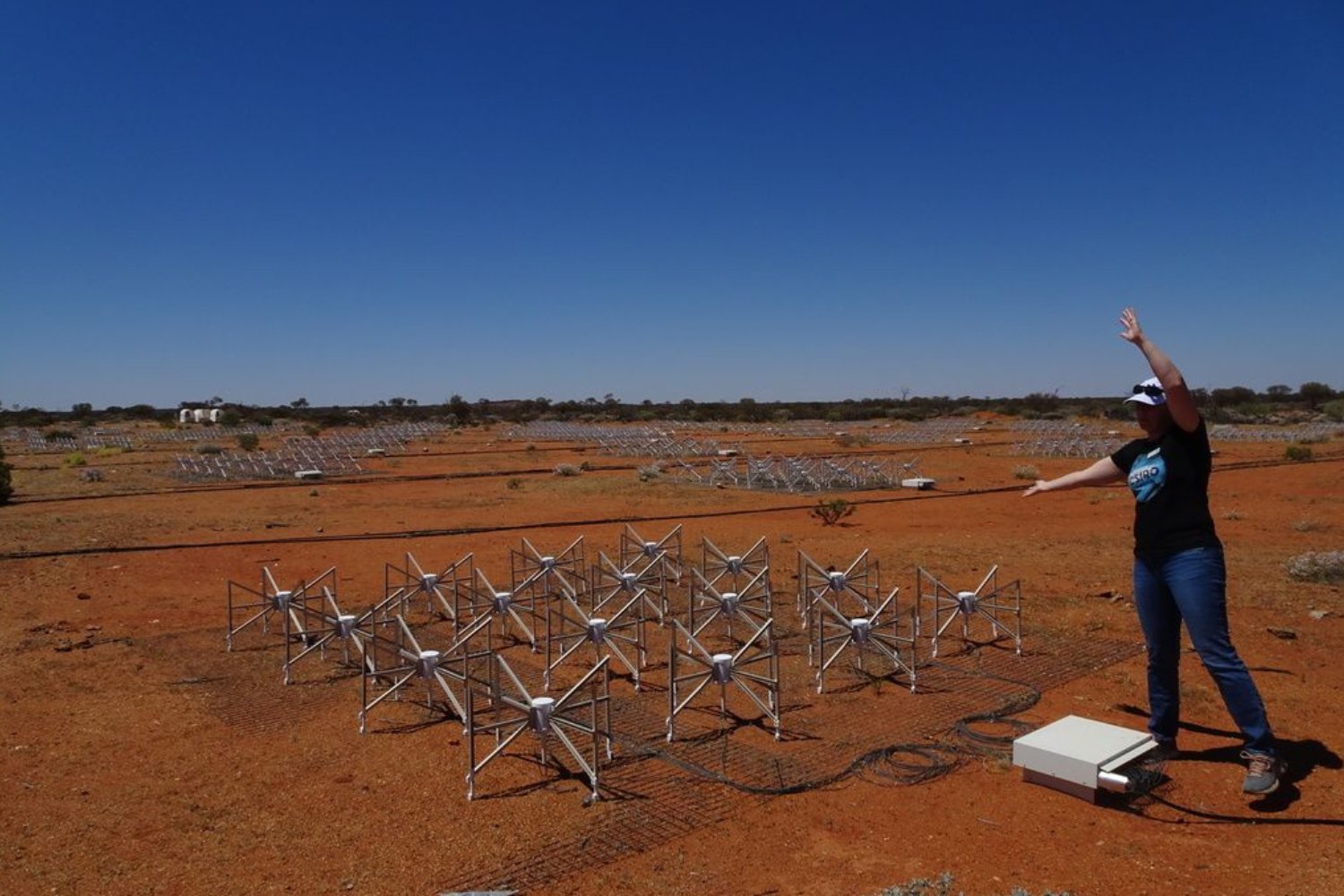When you reference Ezra Pound’s statement that “The artist is the antennae of the race” at SETI, the “antennae” part takes on a whole richer meaning. SETI hosts weekly colloquium at its Mountain View, California, offices, and a few times a year those talks put aside interstellar science and are, instead, organized by SETI’s artist-in-residence. Right now that artist-in-residence is Charles Lindsay, and he invited me and mathematician Edward Frenkel, professor at UC Berkeley and author of the well-received book Love and Math: The Heart of Hidden Reality, to talk last week. This is a lightly edited video of the talk. The video is lo-fi, but the sound is good. The format of the video is that, after a short introduction by Lindsay, I talk for 20 minutes, then Frenkel talks for about 20 minutes, and then there’s an extended conversation, between the three of us, and then involving questions from the audience. I’m quite proud to have had my humanity thrown back at me during the Q&A by Lawrence Doyle. Also in the audience was SETI co-founder Jill Tarter.
My talk is about what I sometimes refer to as “Networked Creativity,” which I do here. Other times I call it, simply, “Doing Stuff Together Separately,” or “Ambient Participation.” In the talk I walk through the activity and development of the Disquiet Junto, the weekly music projects I’ve moderated since the first week of 2012. In the course of my talk I play five examples of results of these weekly music projects. The one by Mark Ward was particularly resonant at SETI, because it involved sounds recorded from Voyager 1 as it left the solar system. These are the five musicians whose tracks were included in my SETI talk:
Project 0036 / Grzegorz Bojanek / Poraj, Poland
Project 0002 / J Butler / Pittsburgh, Penn.
Project 0089 / Mark Ward / Sheffield, England
Project 0107 / Naoyuki Sasanami / Tokyo, Japan
Project 0066 / Jess Lemont / Milwaukee, Wis.
The talk was somewhat tailored for SETI, so with that in mind, here is a transcript of my opening statement, just for context:
“I just want to say thanks, first, to SETI for inviting me, to Ed for sharing the stage with me, and to Charles for setting the whole thing up. It is very much appreciated. I recently had a book published, as Charles mentioned, and so my publisher would like to thank you, as well. [Jill Tarter asks from the audience, “Do you have copies here?”] Just this one, that Charles brought, because he’s much smarter about these things than I am. I learn a step at a time.
So, when Charles asked me to speak at SETI, he asked what I wanted to talk about. I do a lot of different things, all circulating around the intersection of sound, art, and technology, and I recently published this book. I write for places like Nature, I have my own website, Disquiet.com, since 1996, I teach a course about the role of sound in the media landscape. I gave a lot of thought to SETI, to what would be appropriate. I thought about the central focus of communication to what you do here, I thought about indirect and chance communication, especially communication that isn’t inherently verbal. I thought about the interconnected arrays of radio telescopes, and about the network effect of SETI@home, that pioneering achievement.
So, in turn, I welcome this, ultimately, as an opportunity to speak about a specific thing I’ve been doing for a while now, an ongoing and expansive networked community of hundreds of musicians around the world, and sound artists, that I initiated at the start of 2012. I should say that the project is now a I little over two years old, but I’m still learning to speak about it because of all the investiagations I’m involved in, this is the one I probe the least in terms of trying to figure out how it works. So this talk is me walking around it, trying to figure it out, because I don’t want to totally demistify it, but I do want to share what I’ve learned these past two years about working with hundreds of musicians, upwards of 450 at this point, around the world each week.”
The structure of the talk is as follows: I explain how the Junto works. I walk through three different projects (0036, in which we made music that explore how classical music connects with abstract expressionism; 0002, in which sounds of fog horns and trains are combined; and 0089, the Voyager 1 piece). I give an overview of the range of projects, 120 weekly ones as of when the talk was given. I talk about how this work arose from my enjoyment of interviewing musicians and artists — how an interview involves asking 50 questions of one person, and the Junto in turn is like asking one question of 50 people. I discuss how many Junto projects involve forging partnerships, and then how each project probes ideas. By way of example, I play music from a project that involves exploring ideas from my book on Aphex Twin’s album Selected Ambient Works Volume II (project 0107 above). I share a bad joke about experimental music concerts — that everyone in the audience is also an experimental musician — and try to turn it on its head and look at the positive aspects of that notion of community. I then express misgivings about the term “experimental music” and discuss how I’m slowly exploring an alternate phrase, “interrogative music,” to get away from the broad generalization of an experiment and to get closer to the purpose, the intent, the pursuit. I talk through examples of online music communities that came before and after the Disquiet Junto. I talk about the notion of “parallel play” in childhood development, and how it relates to doing something with the knowledge that someone else is doing it nearby (even if “nearby” means across the world, but also in the same network of creative individuals). I note the term “acoustemology” and talk about what the “sonic potential energy” of the Internet might be. I play a fifth and final Junto piece, in which members commune with a Junto regular who passed away a year ago this month. I talk about the Ezra Pound quote regarding how “Artists are the antennae of the race.” And in closing I talk about how communities of creative individuals — whether musicians, or artists, or scientists — set the stage for their participants to achieve greater things than they might have individually, even if they don’t directly collaborate with each other.
And at the end of the talk I mention that the next project, the 121st, would explore ideas from Frenkel’s book.
Like the Junto, this talk is a work in progress, but it’s a pretty good snapshot of where my head is at right now.
By the way, if the “antennae” of Ezra Pound’s statement “The artist is the antennae of the race” takes on new meaning at SETI, this is all the more the case when you’re sharing the stage with a mathematician who, as an ethnic Jew raised in Russia, suffered from intense state-sanctioned anti-semitism that clearly took Orwell and Kafka as playbooks. Frenkel, during his SETI lecture, doesn’t dwell on the anti-semitism he experienced as a teenage math prodigy raised in Russia, though it is at the core of his compelling and educative book Love and Math. This particular connection to Pound is one I hadn’t made until it came up in conversation on Tuesday. Such additional connections and layers of meaning are the natural result of a discussion by individuals who have quite different pursuits, and Tuesday, for me at least, was no disappointment in that regard. It was a highly enjoyable conversation.
Video posted at youtube.com. It’s also online at SETI’s plus.google.com page. More on Frenkel’s book at loveandmathbook.com. More from Lindsay at charleslindsay.com. Visit SETI at seti.org.














